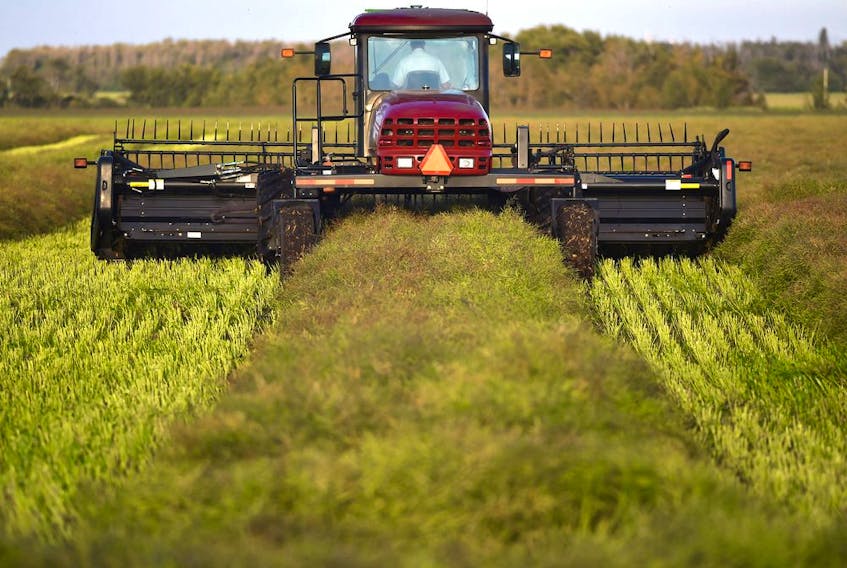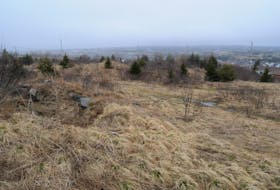BLACK DUCK SIDING, N.L. — The Department of Fisheries and Land Resources believes there is strong potential for growing canola for different uses in Newfoundland and Labrador.
That’s why the department's Agriculture Research and Development branch has an ongoing project into its viability.
While the department was not able to offer an interview regarding canola research in the province, it did provide an emailed statement.
The department said Fisheries and Land Resources is collaborating with Grenfell Campus, Memorial University in Corner Brook to investigate the nutritional value and quality of canola grown and pressed in the province. The collaboration wants to identify the potential of various processing methods to enhance the value of canola oil and meal for food markets, as well as the animal feed industry.

Although canola is relatively new to the province, the department said canola appears to be a promising alternative to using imported soybean meal for protein and palm oil as a fat additive in livestock feed. It’s also a welcome addition to grocery store shelves, the prepared statement noted.
Along with the nutritional benefits of canola meal — including better digestion properties and higher energy content than soy meal — the province’s cooler climate may positively affect the nutritional components of canola oil, increasing its value as a crop.
Canola oil generally contains the lowest levels of saturated fat of any oil on the market. Cultivated in cooler conditions, noted the provincial department, it typically produces more oil. The concentration of fatty acids and other nutritional components in the oil may also be different due to physiological changes in the plant caused by cooler growing conditions.
Producing feed ingredients locally rather than shipping them to the province also reduces environmental impacts, the department's statement mentioned.
Two farmers participated in the department’s canola research trials in 2018, with 35 acres planted in Cormack and 10 acres in Black Duck Siding.
In Cormack, work focused on producing canola seed and oil to replace soybean meal and palm fat in animal feed — two ingredients in a cow’s diet that must be imported from outside the province. Canola planted on 35 acres yielded 31 tonnes of canola seed and produced 22.5 tonnes of meal to replace imported soymeal.
With dairy cows requiring six per cent fat in their diet, 8,500 litres of locally produced canola oil replaced 340 bags of palm fat that would have been imported from Malaysia at a cost of $50 a bag.
In Black Duck Siding, 10 acres of canola were harvested with the goal of producing canola oil for human consumption. Five tonnes of seed were pressed and bottled into 500-ml bottles, currently for sale in Colemans stores throughout Newfoundland and Labrador.
The 2019 trials included 55 acres of canola planted in Pasadena and Cormack.
The department is looking forward to 2019 results and continued collaboration with farmers and researchers on this promising crop.









